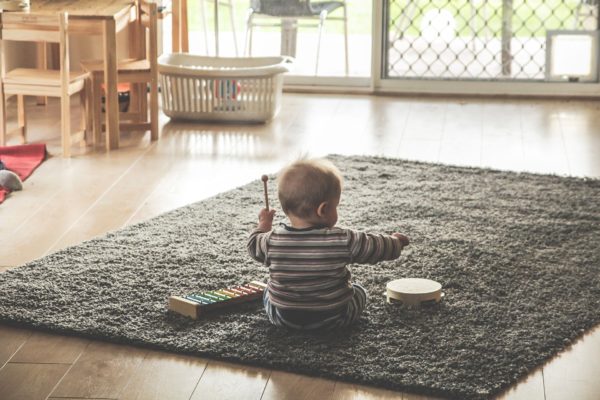
Amazing toys like the ones at https://cozylearntoys.com/ can be a great way to kickstart a child’s play and support their development, so there’s a reason why they’ve been around since the dawn of time. In fact, the earliest known toys are small stone and clay balls or marbles, and date from 4000 BC.
Of course, just like everything else in this world, toys have developed dramatically since the 4th million BC and have reflected advances in demand and technology. Let’s look at how children’s toys have evolved over the years.
Victorian Era
In Victorian times, the toys that children played with were often a result of how much money their family had – something that can also be applied in the 21st century. Families with more money could afford the latest and greatest in children’s toys, such as rocking horses, train sets and doll’s houses, whereas poorer families had to use their imagination to create their own. You’d more than likely find these types of children playing with homemade peg dolls or skipping ropes.
1940s
During World War II, the toys that children played with heavily reflected the intense reality that they were living in. For example, the little boys were frolicking with toy guns and military-type boat and vehicle figurines, all of which were advertised for sale in newspapers. For the little girls, fun was found in playing ‘house’ and mimicking what their mothers were doing during the war; feeding and clothing baby dolls, ‘cooking’ dinner in toy ovens, and cleaning the house with toy brooms.
1960s
1960 was the decade where children’s toys really became a huge market to get involved in. Kids had countless more toys to choose from compared to previous decades because more people had seen the value and more manufacturers had popped up as a result. Although boys still had an interest in playing war and girls playing ‘house’, there was a bigger variety on offer such as the Twister and Operation boardgames – both of which are still available to buy today!
1990s
Ah, the 90s was a magical time for children. Toys had developed hugely from the more ‘traditional’ types (although there was still a firm interest in them) and the demand for electronics had soared. With adverts for toys frequently plastered on television screens, children were (and still are, even more so now) constantly exposed to the latest and greatest. Every kid who grew up in the 90s will remember the Tamagotchi, the key chain-sized digital pets that had to be fed, cleaned, played with, and who could forget about the Nintendo 64?!
2020s
A far cry from what the kids in Victorian times were used to, the children’s toys of the 2020s are as advanced and as extravagant as you’d expect. With technology having taken over almost every corner of the world, it’s no surprise that a lot of toys are now electrical; boardgames, kids electric cars, handheld games… Almost everything in this decade, for both children and adults, is electric, and it’s interesting to think what the toys will look like in the 2030s and the 2040s!
